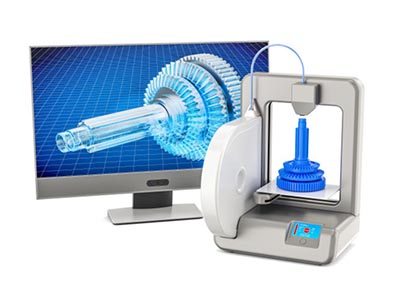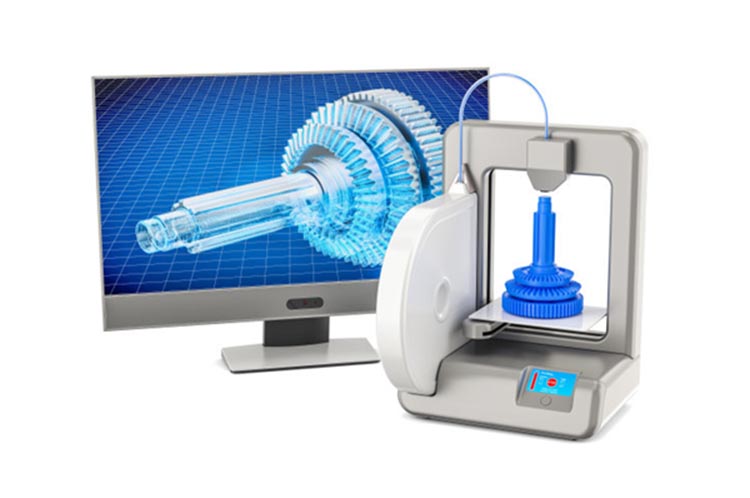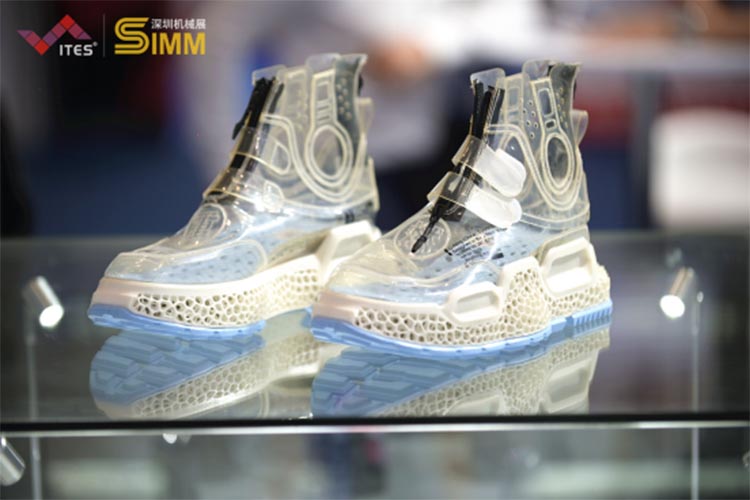Manufacturing technology revolution, 3D printing and CNC machine tools coexist or compete?

Many countries in the world have taken 3D printing as a new growth point for future industrial development to cultivate.As early as 2012, the United States identified “Additive manufacturing Technology” as the first manufacturing innovation center (later renamed as “Made in America”), and the European Union, South Korea, Japan, Singapore, Russia and other countries also adopted various measures to promote the development of 3D printing industry.
Since the rise of 3D printing, China has issued a number of policies to support the development of 3D printing industry.With the support of the policy, 3D printing enterprises have sprung up and grown rapidly, and the DEVELOPMENT of 3D printing industry in Beijing, Guangdong, Zhejiang, Shaanxi and other places has also made remarkable progress.According to statistics, there are more than 400 enterprises engaged in 3D printing business in Guangdong province alone, and there are several 3D printing industrial parks.
With the hot development of 3D printing, whether traditional material reduction manufacturing methods such as CNC machine tools will be replaced has also become a hot topic among people from all walks of life.In recent years, the technology of CNC machine tools in China is improving day by day, and 3D printing has found its own landing scene.Generally speaking, CNC machine tools need to be programmed in advance, through continuous cutting to achieve the shape of the object.A 3D printer works on a similar principle to a CNC machine, working on computer instructions, except that it makes products by stacking raw materials one layer at a time.So 3D printing is also called additive manufacturing.
The significant difference between 3D printing and traditional manufacturing lies in the process of product forming.In the traditional manufacturing industry, the whole manufacturing process generally needs to go through the mold opening, cutting, casting or forging, parts assembly and other processes.3D printing eliminates the need for complex processes, no mold, one – time molding.As a result, 3D printing can overcome some designs that traditional manufacturing cannot achieve and produce more complex structures.
CNC machine tools, on the other hand, are a type of computer digital control (CNC) that can process complex, precise, and diverse parts.Generally speaking, CNC machine tools use computer specified procedures, through cutting, milling and other steps to eliminate excess material, to achieve the final product, is a typical material reduction manufacturing.
On the one hand, the traditional manufacturing industry is mainly characterized by “global procurement, division of labor and cooperation”. Different parts of products are often produced in different places, and then transported to the same place for assembly.3D printing, on the other hand, is “whole manufacturing and one-time forming”, which saves logistics and costs and time.
On the other hand, the traditional manufacturing industry takes the production line as the core, the factory as the main carrier, and the production equipment is highly concentrated.3D printing reflects the integration of the new generation of information technology and manufacturing represented by cloud computing, big data, Internet of Things and mobile Internet.
Machine tools, as a major product of the development of traditional manufacturing industry, differ greatly from the new generation of 3D printing manufacturing methods.Machine tools are the mother machine of manufacturing industry. If 3D printing technology can be integrated into the field of machine tools, it will undoubtedly be a tiger with wings added.The combination of the two can not only improve the manufacturing efficiency, but also solve many manufacturing problems.The special machine tools in the machine tools can be customized according to customer requirements, but the functions are not strong enough, rich enough, may not be able to design and manufacture at will.However, with the introduction of 3D printing, the popularization and application of machine tools may be greatly improved.
It is understood that 3D printing technology has been applied to some extent in the manufacturing of industrial parts in China, but has not yet entered large-scale industrial application. Its process and equipment, as well as its application in medical, aerospace and other fields, need to be further explored.In the current situation, 3D printing technology is not ready to replace the traditional manufacturing industry.In terms of mass production, the high efficiency and low cost traditional material reduction manufacturing method embodied by machine tool manufacturing is superior.
Of course, with the emphasis on metal additive manufacturing, more and more equipment manufacturers in the field of traditional machine tool manufacturing have entered the field of additive manufacturing. Some have introduced hybrid additive manufacturing equipment based on CNC machining center, and some have simply entered the new field of additive manufacturing.Take, for example, Japan’s Mazzak.Integrex I-400AM (Additive manufacturing) composite processing equipment is introduced by Mazak.Integrex I-400AM is a complete set of equipment suitable for processing materials produced in small batches, such as the processing of heat-resistant alloy for aerospace parts and the processing of high-hardness materials for parts.
It is a trend that reducing material manufacturing and increasing manufacturing coexist for a long time.In the future, however, that could change.In any case, the way to realize refined, automated and efficient manufacturing of products is expected to be widely used.


